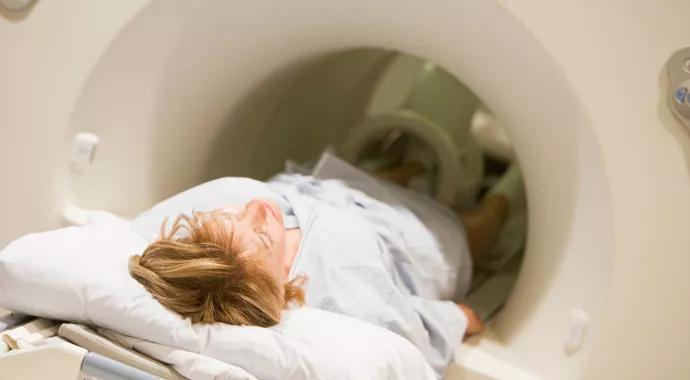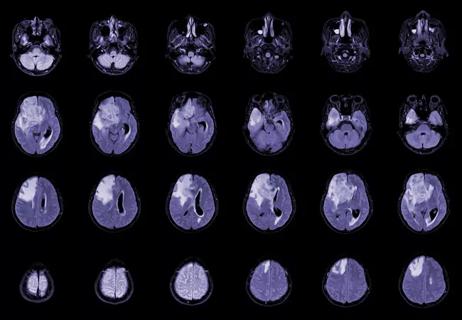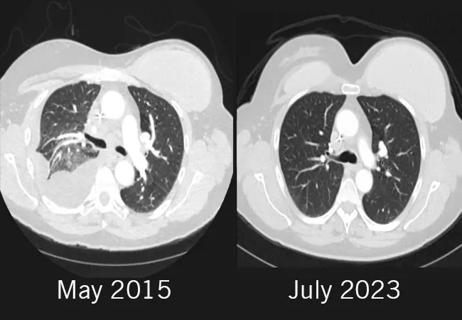
Advertisement
Cleveland Clinic is a non-profit academic medical center. Advertising on our site helps support our mission. We do not endorse non-Cleveland Clinic products or services. Policy

Alok Khorana, MD
How should a clinician respond when a patient presents with an unprovoked venous thromboembolism? Clots of indeterminant cause are common, and epidemiological studies have shown that some are associated with undiagnosed cancer. While an aggressive and extensive diagnostic workup might seem like a logical course, especially with a worried patient, does this “do-more” approach lead to earlier cancer detection and more effective treatment?
A recent trial involving nine Canadian medical centers compared the results of a limited screening strategy for unprovoked clot patients with the outcomes of a more extensive approach that added CT scans of the abdomen and pelvis. Cleveland Clinic oncologist Alok Khorana, MD, discusses the trial’s findings and their implications for clinical decisionmaking in a New England Journal of Medicine editorial.
Read “Cancer Workup after Unprovoked Clot — Less Is More” by Dr. Khorana of Cleveland Clinic’s Department of Hematology and Oncology.
Photo credit: ©Russell Lee
Advertisement
Advertisement

Timing and type of side effects differ greatly from chemotherapy

Dedicated multidisciplinary teams support 84 ultra-rare cancers

Sessions explore treatment advances and multidisciplinary care

New research from Cleveland Clinic helps explain why these tumors are so refractory to treatment, and suggests new therapeutic avenues

Combination of olaparib and carboplatin results in complete durable response for a patient with BRCA2 and “BRCAness” mutations

Early communication between oncologists and ophthalmologist warranted

Case-based course delves into latest treatment approaches

Long-term relationship building and engagement key to gaining community trust